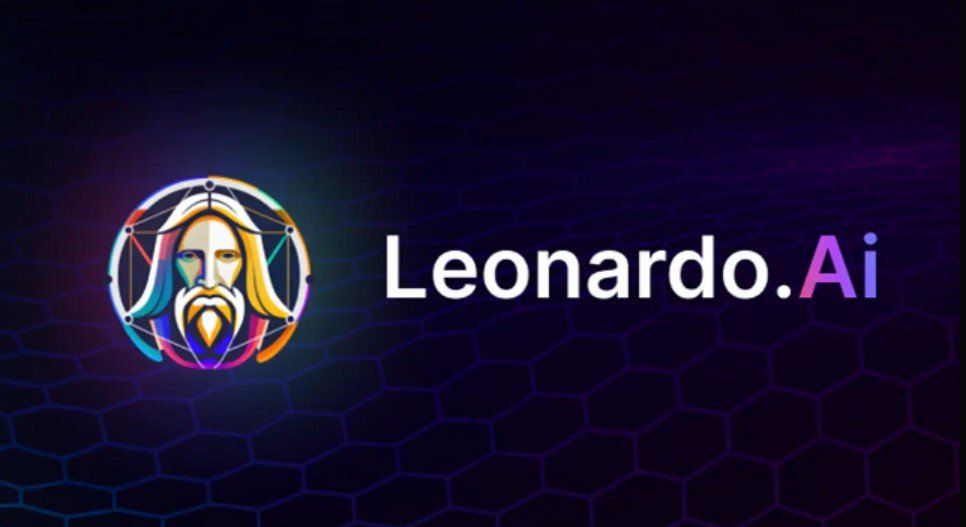Artificial intelligence (AI) is reshaping industries worldwide, but its long-term economic effects remain uncertain. While massive investments fuel advancements, clarity on how AI will transform economies is still evolving. Nobel-winning economist Daron Acemoglu offers critical perspectives on AI’s economic impact, emphasizing its potential benefits and challenges.
Key Predictions for AI’s Economic Impact
Acemoglu, an MIT professor, estimates that AI could moderately boost GDP growth by 1.1% to 1.6% over the next decade, contributing roughly 0.05% annually to productivity. This contrasts with more optimistic claims of AI doubling growth.
Supporting Studies:
- Job Exposure: About 20% of U.S. job tasks may be influenced by AI, according to a 2023 study by OpenAI and the University of Pennsylvania.
- Automation: Research predicts 23% of computer vision tasks could be automated profitably within 10 years.
- Cost Savings: AI-driven solutions offer average cost reductions of 27%, further driving adoption.
Despite these advancements, Acemoglu notes that AI’s current contributions fall short of industry hype.
Industries and Jobs Most Affected
AI’s influence is expected to concentrate on a limited set of white-collar tasks, such as:
- Data Processing
- Pattern Recognition
- Visual Matching
Acemoglu suggests that only around 5% of the U.S. economy, including office roles and some creative tasks, will experience significant shifts. Essential jobs—journalists, financial analysts, and HR professionals—are likely to remain intact.
Automation vs. Augmentation
A central concern for Acemoglu is AI’s role:
- Automation: AI replacing workers for cost savings, such as in call centers.
- Augmentation: AI enhancing worker productivity through tools and expertise.
Acemoglu advocates for focusing on augmentation to share economic gains more equitably. This approach could ensure technological benefits reach workers, not just corporations.
Historical Parallels and Lesson
History shows that technological benefits do not automatically trickle down to workers. For instance, during England’s Industrial Revolution, economic growth initially favored elites, with widespread benefits emerging only after decades of social reforms. Acemoglu emphasizes similar risks with AI, warning that without deliberate policies, workers may not share in productivity gains.
Regulation and Responsible Adoption
Acemoglu highlights the need for:
- Government Regulation: Setting guidelines to mitigate risks such as job displacement and misinformation.
- Balanced Adoption: Slowing the pace of AI integration to allow time for assessing its societal impacts.
Moving Forward
AI holds transformative potential, but its economic success hinges on strategic decisions. Policymakers, businesses, and society must prioritize worker-centric applications and deliberate adoption to maximize long-term benefits.








Leave a Reply